Research Counts
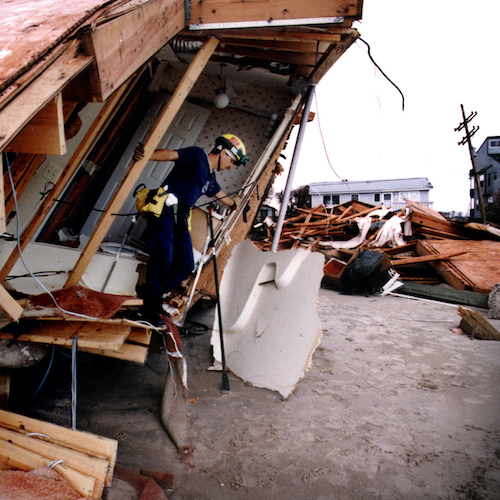
Learn how coming close to experiencing disasters can make people more likely—or not—to prepare for the next event.
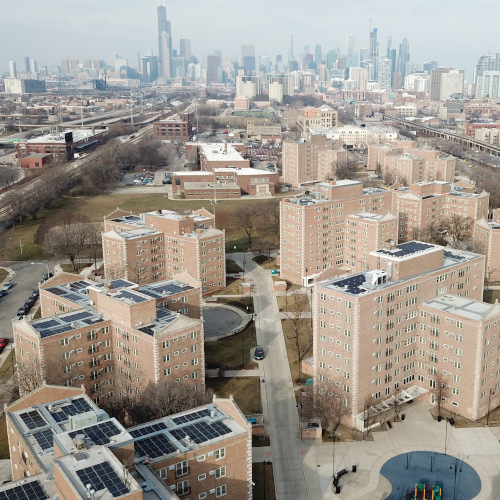
A power outage alone can be a disaster and even more so when they accompany larger events such as floods or a heatwave. Microgrids could be the answer to ensuring that communities have access reliable electricity in times of emergency.
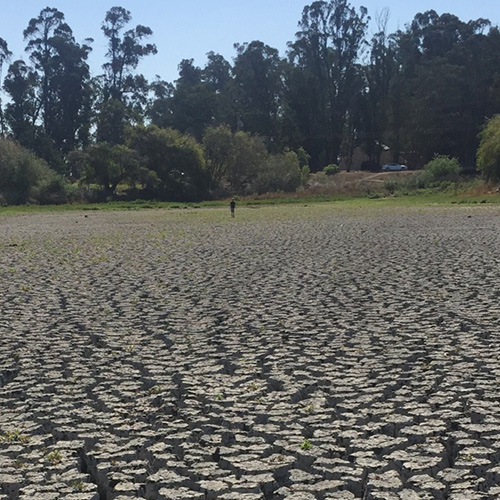
Drought response in the United States needs to change now or we may not be able to respond to future challenges. The lessons of California could prove as a bellwether for the nation. Learn more in the latest addition to Research Counts.

Disaster recovery is never easy, but for vulnerable people and communities, built-in injustices can create recovery next to impossible. Learn how applying four principles can make disaster recovery more just.
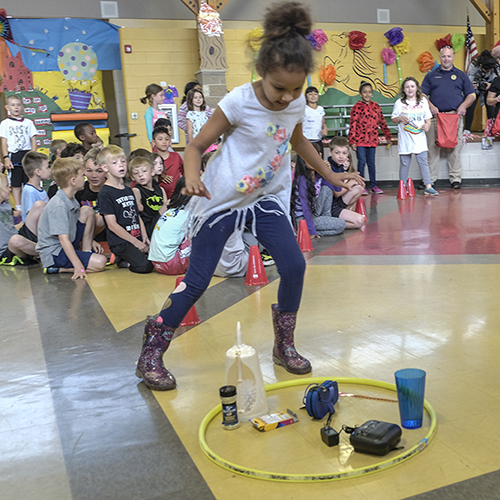
When it comes to building children's resilience to disaster, communities know what their kid's need best. Learn more about how to make community voices heard on a national level.

Water scarcity is the result of numerous factors, and so the solutions that drive change will need to be multi-faceted as well.

Disaster planning can be all fun and games! When it comes to involving children and youth, methods including playful elements such as theater, photography, and games can help build connection.

Youth engagement in social, economic, and environmental spheres can increase resilience for communities overall. The 4P Framework for Youth Engagement provides guidance to ensure that the considerable talents of young people are applied to the best advantage.
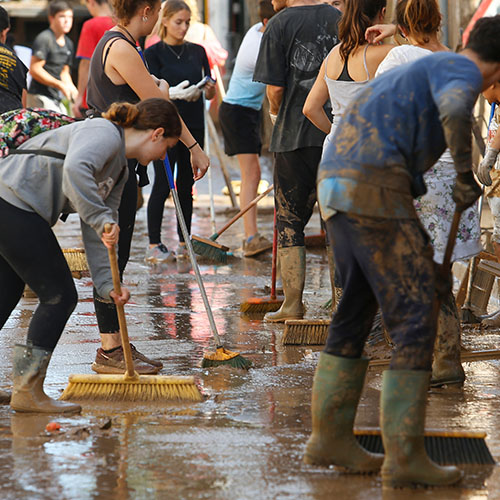
Although children can be especially vulnerable in disasters, they are also amazingly resilient by nature. Including youth in disaster preparedness and recover recovery doesn’t just improve community resilience—it’s also a beneficial exercise that can empower our youth and help them grow.
If you are interested in contributing to this series, please contact Natural Hazards Center Director Lori Peek directly at lori.peek@colorado.edu.
